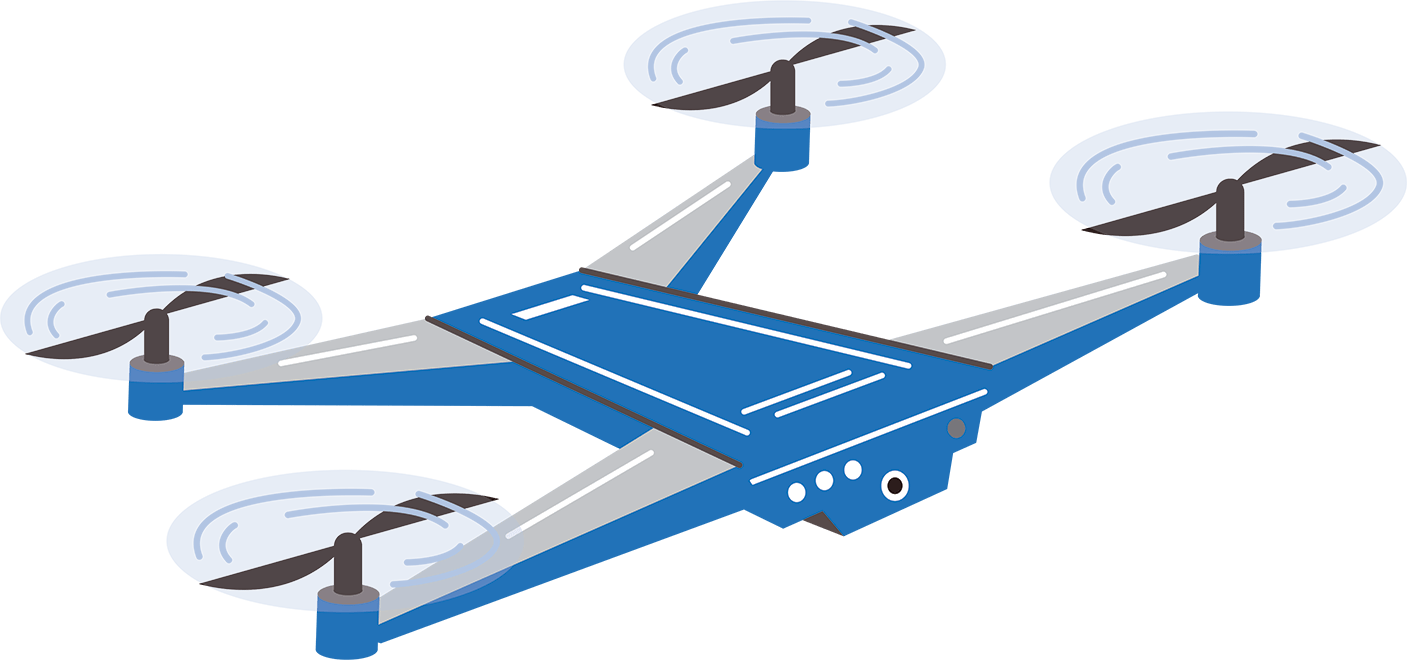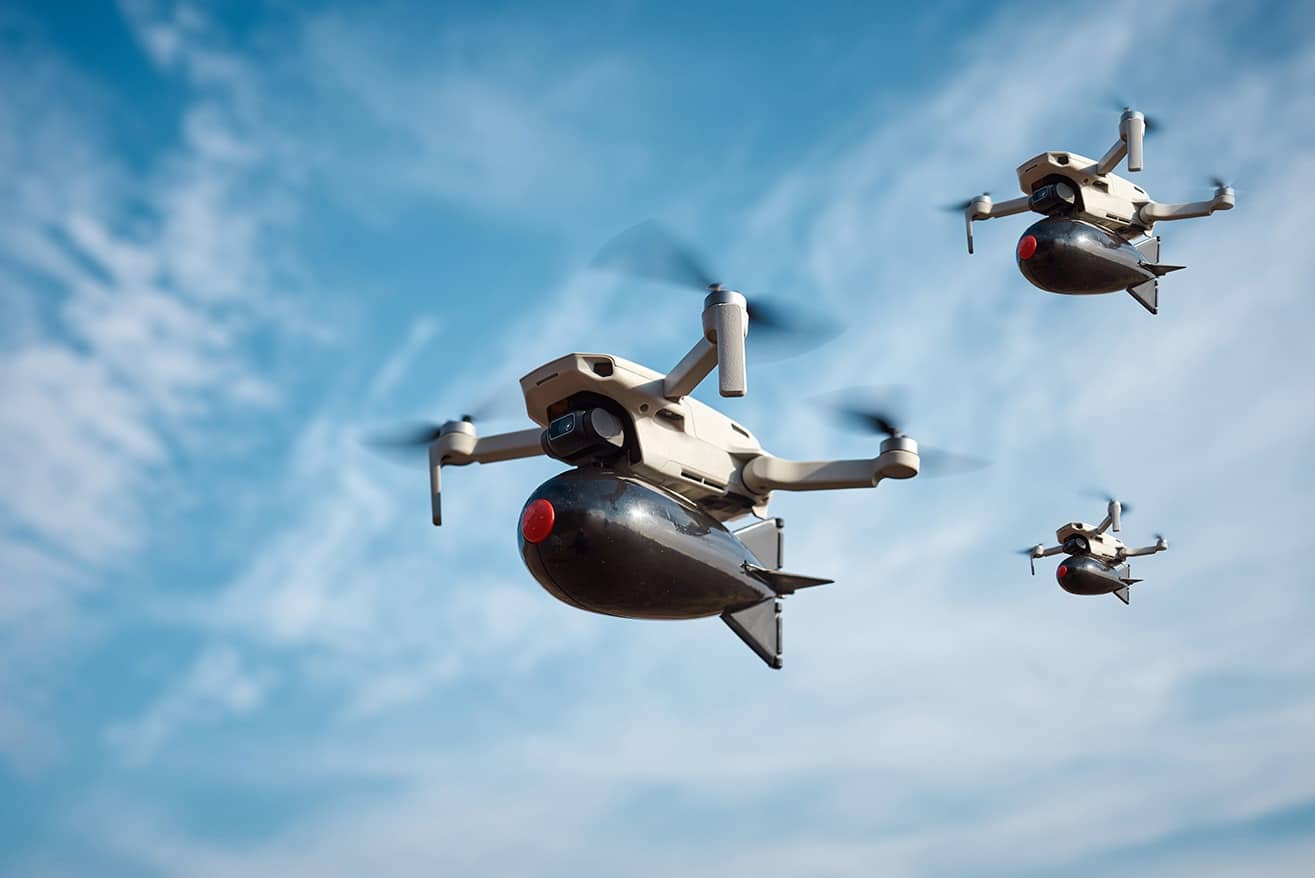The Disadvantages of Anti Drone Systems
A Comprehensive Analysis
As the use of drones continues to rise across industries, businesses and governments are increasingly turning to Anti drone Systems to protect against the growing risks of rogue drones. These systems, designed to detect, track, and neutralize unmanned aerial vehicles (UAVs) that pose a threat, are seen as crucial tools in ensuring the safety of airspace, critical infrastructure, and public areas. However, despite their growing popularity, Anti drone Systems come with a range of significant disadvantages.
The Need for Anti drone Systems: A Brief Overview
Drones are revolutionizing various industries, including logistics, agriculture, entertainment, and surveillance. However, as drones become more accessible, they also present new risks, from airspace violations near airports to potential misuse for corporate espionage, smuggling, and terrorism. This has led to a booming demand for Anti drone Systems, with the global market projected to grow from $1.9 billion in 2022 to $6.6 billion by 2027, according to industry reports.
While the demand for Anti drone Systems is clear, it’s important to recognize the drawbacks associated with these systems. For organisations, especially those looking to safeguard their operations from drone-related threats, understanding the disadvantages can help determine if this investment is worthwhile.

High Associated Costs with Anti Drone Systems
High Cost of Anti drone System Implementation
One of the most significant disadvantages of Anti drone Systems is the high upfront cost of implementation. Businesses, especially small to medium-sized enterprises (SMEs), may find it challenging to allocate the necessary budget to adopt these advanced technologies.
Initial Investment and Installation
Anti drone Systems consist of multiple components, including detection tools such as radar, radio frequency (RF) sensors, and cameras, as well as mitigation measures like jammers, lasers, or interceptor drones. Depending on the level of sophistication, an Anti drone System can range from tens of thousands to millions of dollars. For example, military-grade solutions from defence contractors like Lockheed Martin or Raytheon are designed to protect high-value assets and are priced accordingly. Even simpler systems for commercial use, such as those employed by airports or stadiums, require a substantial financial outlay.
Ongoing Maintenance Costs
Beyond the initial cost, Anti drone Systems require regular maintenance to remain effective. Drones are evolving rapidly, and systems must be updated frequently to keep pace with new threats. Components such as radar sensors, cameras, and RF jammers need routine calibration, software updates, and sometimes hardware replacements. This increases the total cost of ownership (TCO), making it difficult for smaller businesses to justify the investment.
For companies that are already working with tight margins, the financial burden of maintaining an Anti drone System can be a significant disadvantage, particularly when compared to more traditional Anti drone measures can provide more immediate or visible returns.
Complex Regulatory and Legal Challenges
Another major disadvantage of Anti drone Systems lies in the complex legal and regulatory framework surrounding their use. While the threat from rogue drones is real, the means to counter them are often restricted by law.
Legal Restrictions on Countermeasures
Many Anti drone Systems rely on jamming technology or kinetic methods, such as shooting down or capturing drones. However, in many countries, using RF jammers or GPS spoofers to disable drones is either heavily regulated or outright illegal, as these technologies can interfere with other communication systems. For example, jamming signals can disrupt Wi-Fi networks, radio communications, and even GPS devices, leading to unintended consequences.
In countries like the United States, businesses must navigate strict regulations set by the Federal Communications Commission (FCC) regarding the use of jamming technology. Without explicit government authorization, companies face legal risks if they deploy Anti drone Systems that interfere with communications.
Patchwork of Global Drone Laws
Drone regulations vary widely between countries, and even within regions of the same country, leading to a patchwork of legal frameworks. Businesses operating in multiple locations must ensure that their Anti drone Systems comply with local laws. For example, a system that is legal in one country may be prohibited in another, limiting the scalability and applicability of these solutions for multinational corporations.
Navigating this complex regulatory environment can be costly, requiring businesses to invest in legal counsel and regulatory compliance teams to ensure they remain within the bounds of the law. This can add further financial strain and logistical challenges, particularly for companies looking to operate globally.
Ineffectiveness Against Advanced Drones
While Anti drone Systems are effective against many commercially available UAVs, they often struggle to counter more advanced drones, which are becoming increasingly prevalent in both civilian and military sectors.
Stealth and Autonomous Drones
As drone technology advances, more UAVs are being equipped with stealth features that reduce their radar or thermal signatures, making them harder to detect by traditional Anti drone Systems. Furthermore, many drones now feature autonomous flight modes, allowing them to operate without a direct connection to a human operator. This makes it difficult for systems that rely on jamming or RF signal interference to neutralize these drones, as there may be no active communication link to disrupt.
Encrypted and Hardened Communications
Modern drones are increasingly using encrypted communications to protect against interception or jamming. This presents a significant challenge for Anti drone Systems that rely on signal disruption to disable rogue drones. Encryption makes it harder to identify and target specific drones without affecting other legitimate devices that may be using the same frequency bands.
Evolving Anti Drone System Challenges
Swarm Technology
Another rising concern is the development of drone swarms, where multiple drones operate in a coordinated fashion. Swarms present a unique challenge to Anti drone Systems, which are often designed to track and neutralize a single drone at a time. Neutralizing an entire swarm of drones requires far more sophisticated technology and faster response times, which many existing Anti drone Systems cannot deliver.
Businesses that invest in Anti drone Systems today may find that their technology becomes outdated quickly, necessitating frequent upgrades to stay ahead of evolving drone capabilities. This makes it difficult to justify the long-term cost of these systems.

Collateral Damage and Unintended Consequences
One of the significant risks of using Anti drone Systems is the potential for collateral damage or unintended consequences, particularly when deploying physical countermeasures or jamming technologies.
Disruption of Legitimate Communications
Jamming technologies, which are commonly used by Anti drone Systems to disrupt a drone’s communication with its operator, can also interfere with other legitimate communication channels. This can be especially problematic in areas where wireless communications are essential, such as hospitals, airports, and military bases. Interference with GPS signals, for example, can affect everything from navigation systems to time-sensitive financial transactions.
Businesses that rely heavily on wireless technologies for operations, logistics, or customer services must weigh the risks of deploying Anti drone Systems that use jamming technology, as they could inadvertently disrupt their own systems or those of nearby entities.
False Positives and Detection Reliability
Another disadvantage of Anti drone Systems is the prevalence of false positives, where the system mistakenly identifies non-drone objects as threats. This can lead to unnecessary disruptions and the potential destruction of harmless devices.
Detection Challenges
Many Anti drone Systems rely on sensors, such as radar, cameras, or acoustic detectors, to identify and track drones. However, these sensors can struggle to differentiate between drones and other objects, such as birds, balloons, or helicopters. This lack of accuracy can lead to false alarms, prompting unnecessary countermeasures that may disrupt business operations or lead to legal challenges if a legitimate drone is mistakenly neutralized.
In high-traffic areas, such as airports or sports stadiums, false positives can become a frequent issue, leading to a lack of confidence in the system’s effectiveness. Businesses may find that they are spending more time and resources responding to false alarms than addressing real drone threats.
Delays in Response Time
For an Anti drone System to be effective, it must detect and neutralize a drone quickly, often within seconds. However, system delays in detection, tracking, or deploying countermeasures can render the system ineffective. Drones can move rapidly, and any delay in response time could allow the drone to complete its mission before a mitigation measure is deployed.
For businesses that operate in high-stakes environments, such as defence contractors or nuclear power plants, the potential for delayed responses is a significant drawback. The effectiveness of Anti drone Systems in these environments may not justify the high cost and operational disruption they cause.
Privacy and Ethical Concerns
The deployment of Anti drone Systems also raises privacy and ethical concerns, particularly when it comes to surveillance and data collection. Many detection systems use cameras, radar, and other sensors to monitor the airspace, which could inadvertently capture data on people, vehicles, or nearby buildings.
The Alternative to Anti Drone Systems
Primetake’s 12-gauge anti drone solution is specifically designed to overcome the technological challenges associated with emerging counter drone systems. The 12-gauge cartridge contains an immediately deployable Kevlar woven web, and is compatible with a range of 12-gauge weapons platforms. A single cartridge is capable of bringing a drone down, with the Kevlar web wrapping around the rotors and impact causing the drone to break up, providing a dual terminal effect. In the event of a drone swarm, subject to weapon compatibility/capability, cartridges can be fired in quick succession to effectively manage multiple threats.


